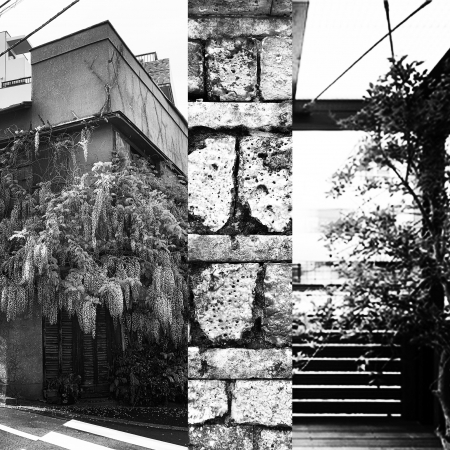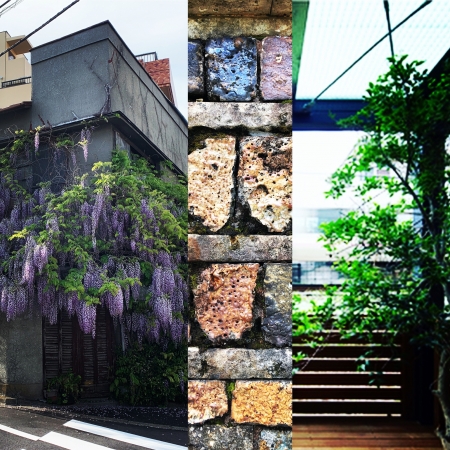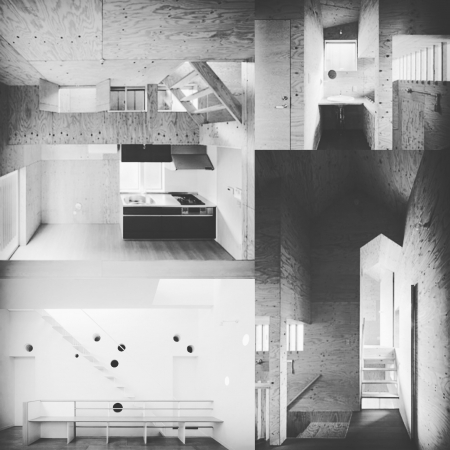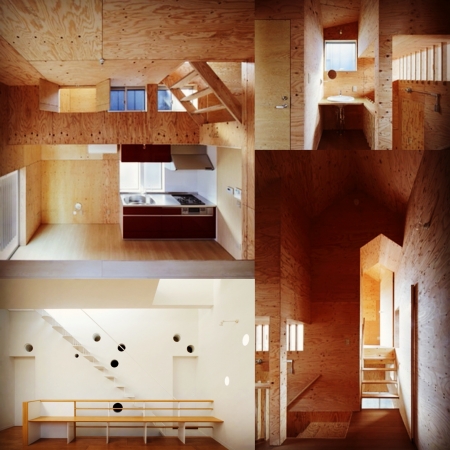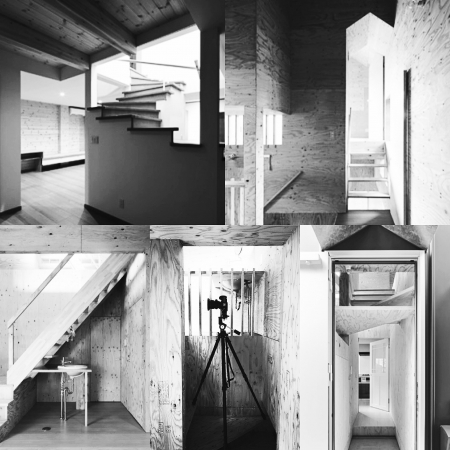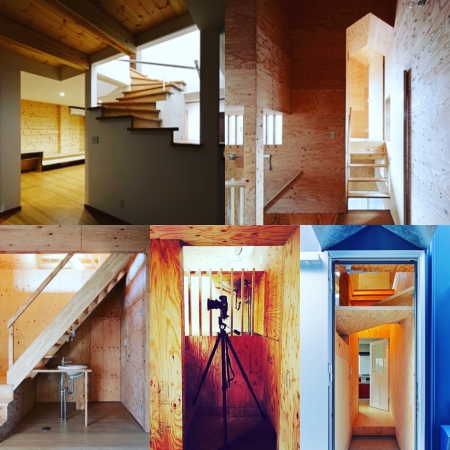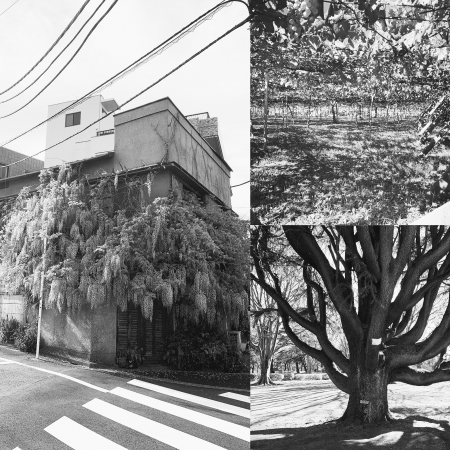新しい構図をつくる
良し悪しは別として逆張りをしたくなる。大概のことには王道と呼ばれるような大多数が支持するものがあり、その逆の少数支持のものも存在する。通常の逆張りはその少数支持のものを祭り上げることだが、もう少し引いて考えて、この大多数対少数という構図自体に対して逆張りをしたくなる。この構図からこぼれ落ちるものに焦点を当てたくなる。そもそもの前提にこのこぼれ落ちるものを含む可能性が無いからで、こぼれ落ちるものに焦点を当てることで前提自体を変えてしまえば新しい構図をつくることができる。
"Creating a new composition"
Regardless of whether it is good or bad, I want to make a contrarian. Most of them are supported by the majority, which is called the royal road, and vice versa. The usual contrarian is to celebrate the minority support, but with a little more thought, I want to contradict the composition of majority vs. minority itself. I want to focus on what spills out of this composition. There is no possibility that this spilling thing is included in the premise in the first place, so if you change the premise itself by focusing on the spilling thing, you can create a new composition.

